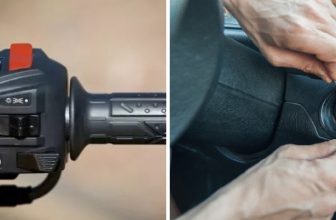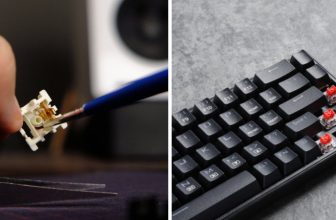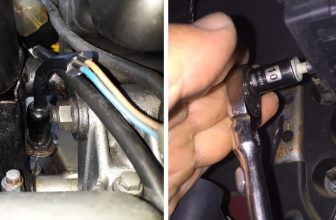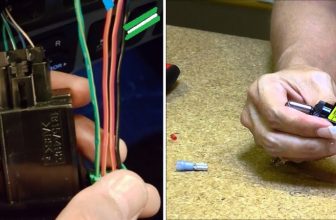How to Tell if Your Car Has a Kill Switch
Are you worried your car has a kill switch installed? If so, you’re not alone. With stories of vehicle theft on the rise and an ever-increasing number of sophisticated methods for disabling vehicles circulating in mainstream media, it is understandable to be concerned about the security of your car. The good news is there are steps you can take to detect whether or not a kill switch has been installed. In this blog post, we will give you information on how to tell if your car has a kill switch and how to disable it if one is present.
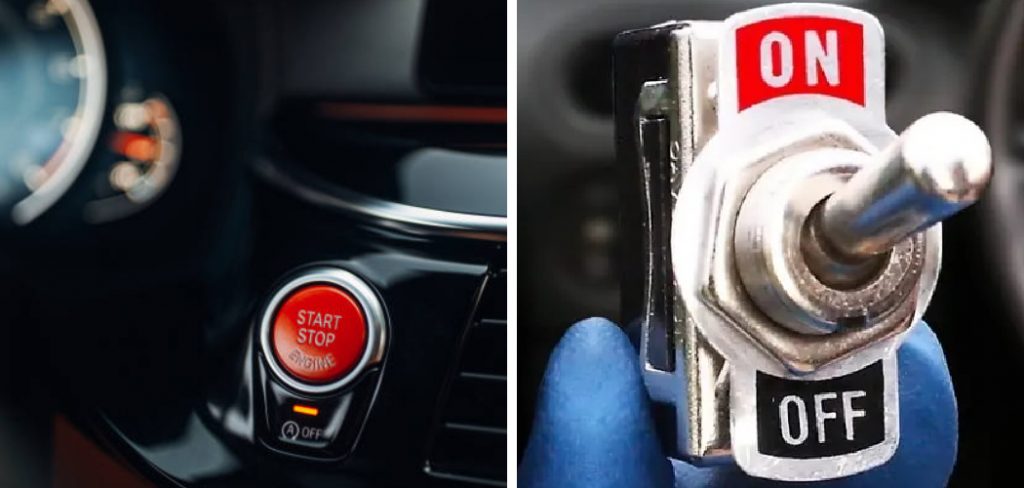
What Happens When an Engine Kill Switch Is Activated?
When an engine kill switch is activated, it will immediately stop the flow of fuel to the engine. This can be done either by cutting off power to the fuel injectors or by blocking off air from entering the intake manifold. Depending on how advanced the system is, it may also shut down all other electronic components related to engine operation, such as spark plugs, alternators, and other electrical systems.
This will cause your car to not start until the kill switch is deactivated. Some cars may also be equipped with a starter kill switch that prevents the starter from engaging, so if you try to start the engine, it will not turn over. The main purpose of an engine kill switch is to prevent someone from stealing the vehicle. When activated, it will render the car immobile and make it difficult for a potential thief to start or drive away with it.
Hence, having an engine kill switch is an effective way to protect your car from theft. Additionally, if you ever lose control of your car due to mechanical failure or other issues, you can activate the kill switch to prevent further damage or accidents.
10 Methods How to Tell if Your Car Has a Kill Switch
1. Check the Owner’s Manual.
The first step is to check the owner’s manual for your car. Many newer cars have a kill switch installed, and the owner’s manual will usually mention if one is present. If you cannot find the owner’s manual, you can try searching online for a PDF of it. If the manual mentions a kill switch, you can proceed to the next step. Although, it is possible for an owner’s manual to be out of date.
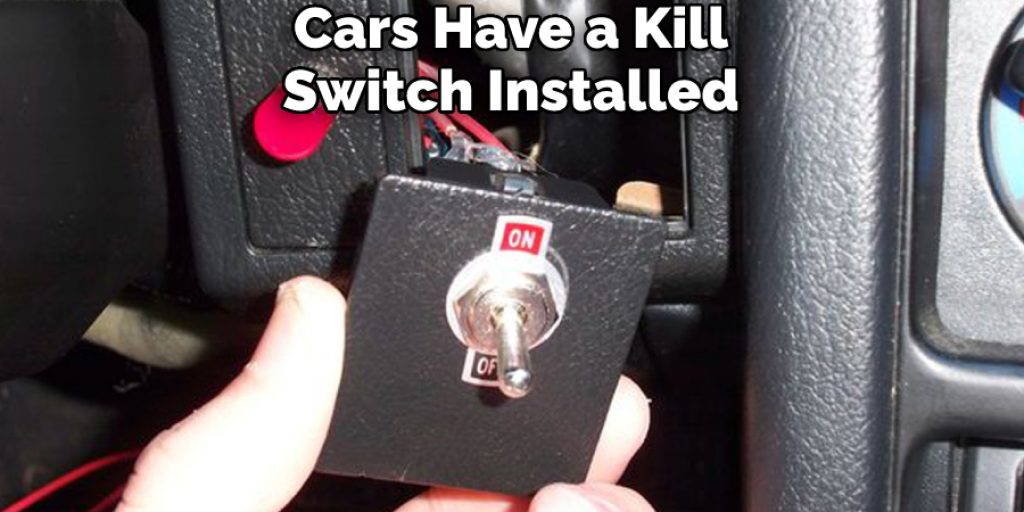
2. Look for a Button or Switch that Is Out of Place.
If there is a kill switch installed in your car, it will usually be a button or switch that is out of place. For example, it may be a button that is different in color or shape from the other buttons on the dashboards. It may also be a switch that is mounted in an unusual location. If you see something like this, it may be a kill switch.
To determine if it is the kill switch, press on it and listen for a clicking or buzzing sound. If it is the kill switch, it will make this sound to indicate that it has been activated.
3. Follow the Wiring Harnesses.
Another way to tell if your car has a kill switch is to follow the wiring harnesses. Most kill switches are wired into the ignition system, so tracing the wires from the ignition should lead you to the kill switch. Make sure to take note of where the wires lead and be careful not to touch any other wires or components on the way.
If you come across a black box with two wires running into it, you’ve likely found the kill switch! Once you have located the kill switch, take a look at the wiring and see if it is connected to both the positive and negative terminals of your car’s battery. If so, then you have officially identified a kill switch in your car.
4. Listen for Clicking Sounds when Starting the Car.
If there is a kill switch installed in your car, you may hear clicking sounds when starting the car. This is because the kill switch needs to be disengaged before the car starts. If you hear any clicking sounds, it’s possible you have a kill switch installed in your car.
However, it’s important to note that clicking sounds are not always a sign of a kill switch, as some cars may make clicking noises for other reasons, such as a dead battery or low oil levels. It’s best to have your car inspected by a qualified mechanic if you hear any clicking noises when starting the car.
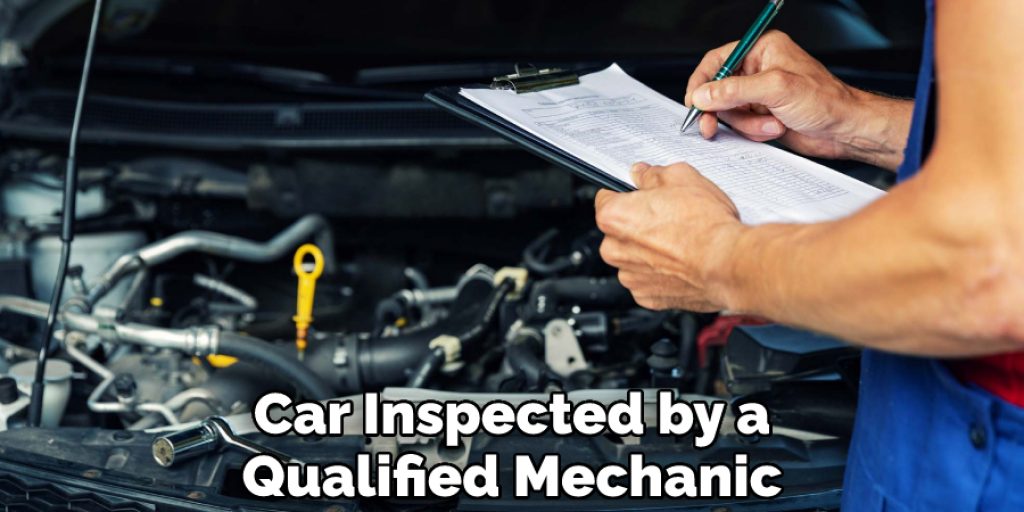
5. Look for Aftermarket Alarm Systems.
Many aftermarket alarm systems come with a kill switch that can be installed in your car. If you have an aftermarket alarm system, it is likely that it has a kill switch as well. To find out if you have an aftermarket alarm system, look for the manufacturer’s logo on the dashboard or below the steering wheel.
You can also search your car’s documents, such as the owner’s manual or service records. If you find evidence of an aftermarket alarm system, you should contact the installer or the alarm company to find out if they installed a kill switch.
6. Check for Hidden Switches or Buttons.
Some kill switches are hidden from view and can be difficult to find without knowing where to look. If you suspect that there may be a hidden kill switch in your car, you can try looking for switches or buttons that are hidden behind panels or under seats.
7. Use a Circuit Tester on All of the Wires Leading to the Ignition System.
If you have access to a circuit tester, you can use it to test all of the wires leading to the ignition system. If there is a kill switch installed, it will usually interrupt the flow of electricity to the ignition system, causing the circuit tester to light up or make a sound when testing those wires. If the circuit tester lights up or makes a sound, then it is possible that there is a kill switch installed in your car.
Regardless of whether you find a kill switch, it is always a good idea to have your car inspected by a professional mechanic in case of any other problems.
8. Take Your Car to a Mechanic or Auto Electrician.
If all else fails, you can take your car to a mechanic or auto electrician who will be able to identify if there is a kill switch installed in the car. They will be able to look for any signs of tampering, as well as check all wiring harnesses and connections for the presence of a kill switch. They will also be able to tell you the exact location of any kill switch that is present so that it can be disabled or removed.

This is usually the best way to identify a kill switch, as it takes the guesswork out of the process. Remember that if you do find a kill switch, you will need to disable it before you can drive your car safely. Otherwise, your car could become a danger to yourself and other drivers.
9. Install an Aftermarket Alarm System with an Engine Kill Switch.
If you don’t have an engine kill switch already installed in your vehicle, you can always install one yourself by purchasing an aftermarket alarm system that comes with one. This is an easy way to add extra security to your vehicle and protect it from potential thieves or vandals. The alarm system will come with instructions on how to properly install and use it, so make sure to read through them thoroughly before beginning the installation process.
10. Consider a GPS Tracking Device.
GPS tracking devices are increasingly popular and can be used to monitor the location of your car in real time. If your car is ever stolen, you will be able to track it down quickly and easily with this device. This is an effective way to deter theft and provide additional security for your vehicle. Installing a GPS tracking device is also easy and cost-effective, making it an ideal choice for many drivers.
In conclusion, there are several methods that you can use to tell if your car has a kill switch installed. Be sure to check the owner’s manual, look for buttons or switches that are out of place, follow the wiring harnesses, listen for clicking sounds when starting the car, look for aftermarket alarm systems, check for hidden switches or buttons, use a circuit tester on all of the wires leading to the ignition system, take your car to a mechanic or auto electrician, install an aftermarket alarm system with an engine kill switch and consider a GPS tracking device.
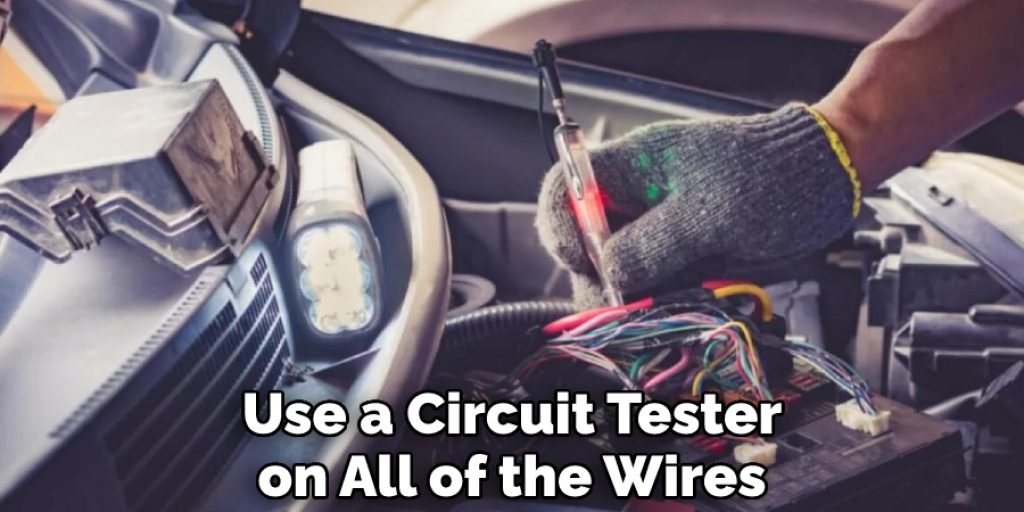
Conclusion
So, these are four ways to tell if your car has a kill switch. If you’re not sure, it’s always best to err on the side of caution and assume that it does. In any case, it’s good to be prepared and know what to do in the event that your car is stolen. Now that you know how to tell if your car has a kill switch, you can be sure that your car is as secure as possible.

